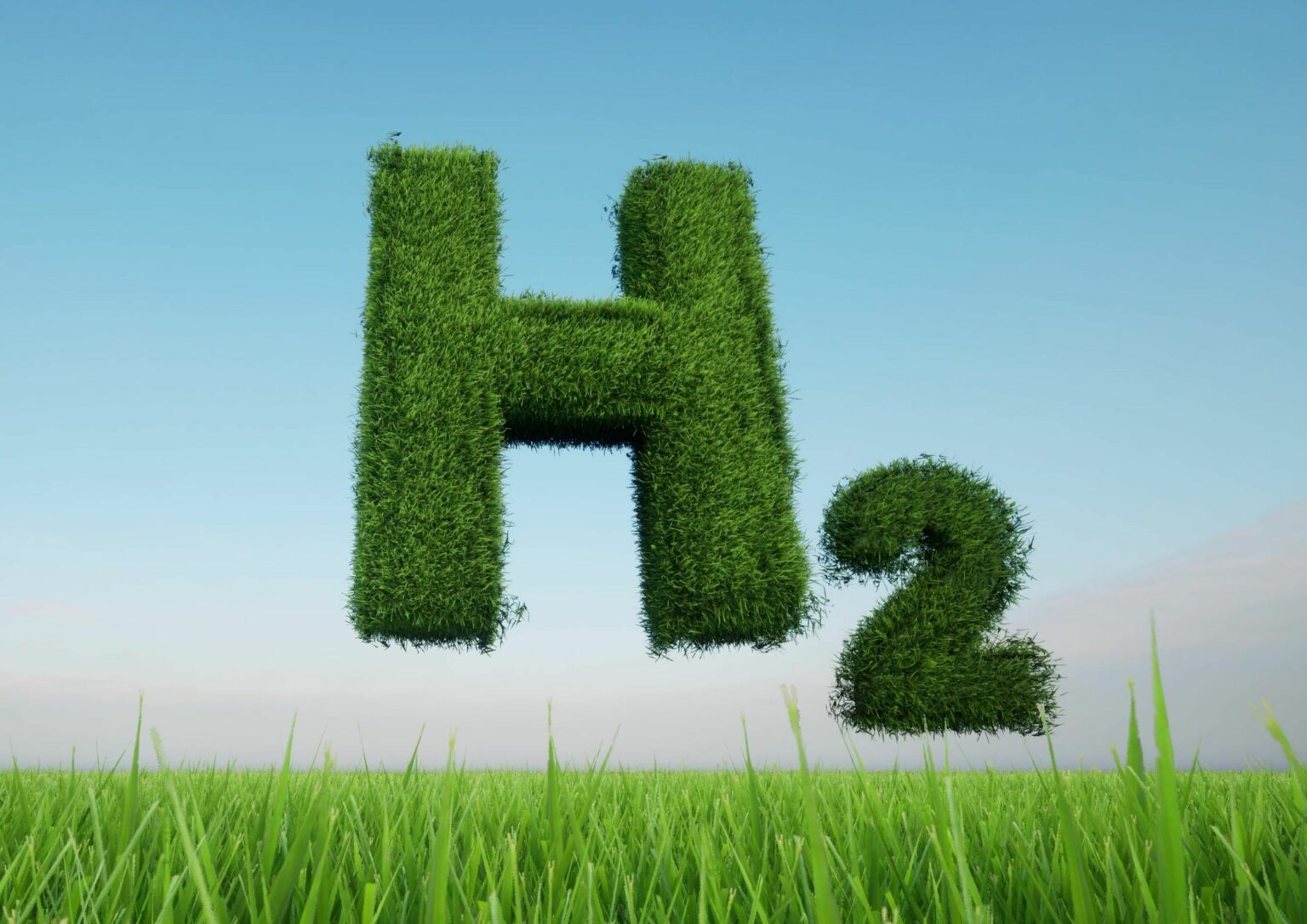ATOME’s recent agreement with Yara marks a significant development in the hydrogen energy sector. The commitment involves Yara offtaking 100% of the green hydrogen-based fertilisers from ATOME’s 145MW project in Paraguay.
Under the Heads of Terms agreement, Yara will receive a long-term supply of 264,000 tonnes per year of calcium ammonium nitrate (CAN) from ATOME’s Villeta project starting in 2027. This supply will integrate into Yara’s ‘Yara Climate Choice’ portfolio, which emphasizes renewable energy and carbon capture and storage (CCS)-based fertilisers. The agreement comes shortly after ATOME completed a front-end engineering and design (FEED) study on the project, aiming for a final investment decision (FID) by the end of 2024.
While the agreement is heralded as a milestone, it is essential to compare it against industry benchmarks. The planned production of green hydrogen using hydropower from the 14GW Itaipu hydroelectric dam is ambitious. ATOME projects that its green CAN could displace up to 15 million tonnes of carbon dioxide equivalent (CO2e) over the project’s lifetime. However, achieving these targets depends on several factors, including the efficiency of hydrogen production, scalability, and market acceptance of green fertilisers.
In comparison, other industry players have also embarked on similar ventures. For instance, Iberdrola and Fertiberia are working on a green hydrogen plant in Spain, aiming to produce 40,000 tonnes of green hydrogen annually by 2027. Evaluating ATOME’s project against such initiatives can provide a more nuanced understanding of its potential impact and feasibility.
The agreement’s implications extend beyond Villeta. With plans for a 300MW project in Yguazu, Paraguay, and a 120MW site in Costa Rica, ATOME appears poised for significant growth. Mussat noted that the Yara agreement provides confidence to accelerate these developments. However, rapid expansion can strain resources and management capabilities. It will be essential for ATOME to balance its growth ambitions with operational stability.
Yara, on the other hand, sees this agreement as a strategic move to expand its renewables-produced fertiliser portfolio to the Americas. Executive Vice-President Chrystel Monthean highlighted the potential to open new opportunities in the region. Yet, integrating new products into established markets poses challenges, including regulatory hurdles and market competition.
